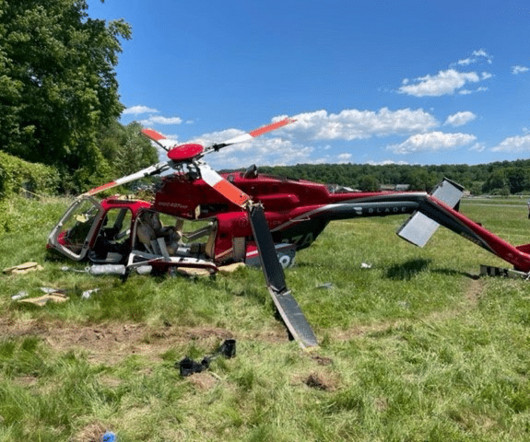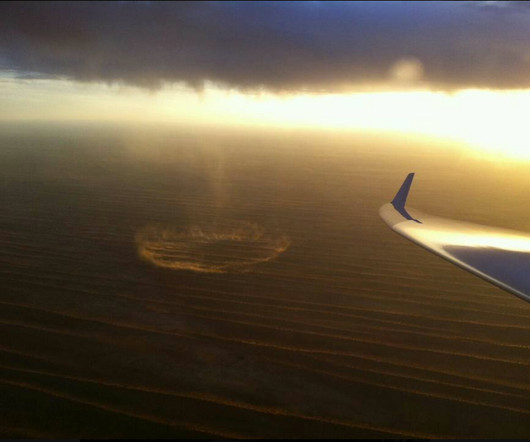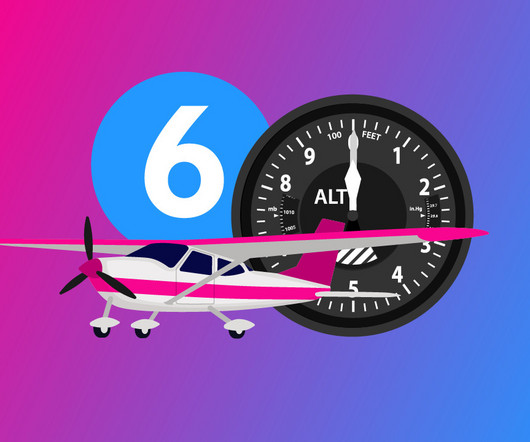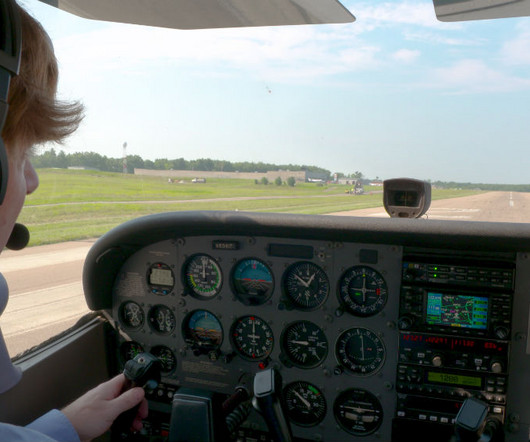Mastering Short Field Landings (A Step-by-Step Guide)
Pilot Institute
MAY 4, 2024
Temperature An increase in temperature will increase the density altitude. A high density altitude decreases the performance of the engine and the wing. Your aircraft will fly at a faster true airspeed at higher density altitudes. These obstacles frequently affect the approach and missed approach paths.















Let's personalize your content